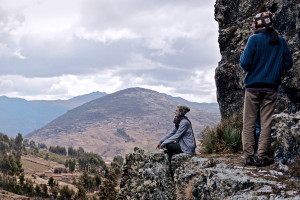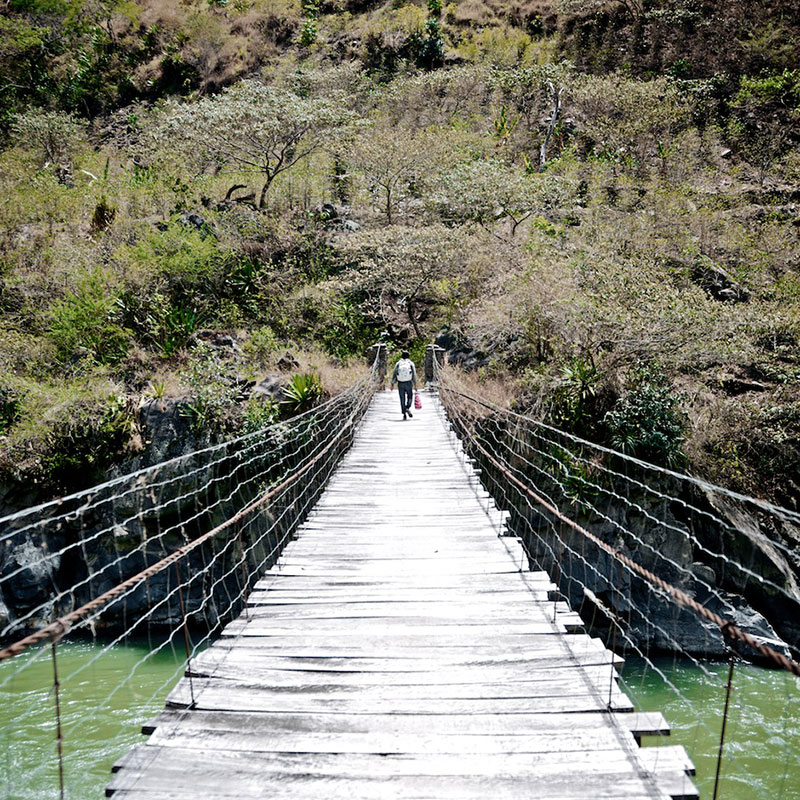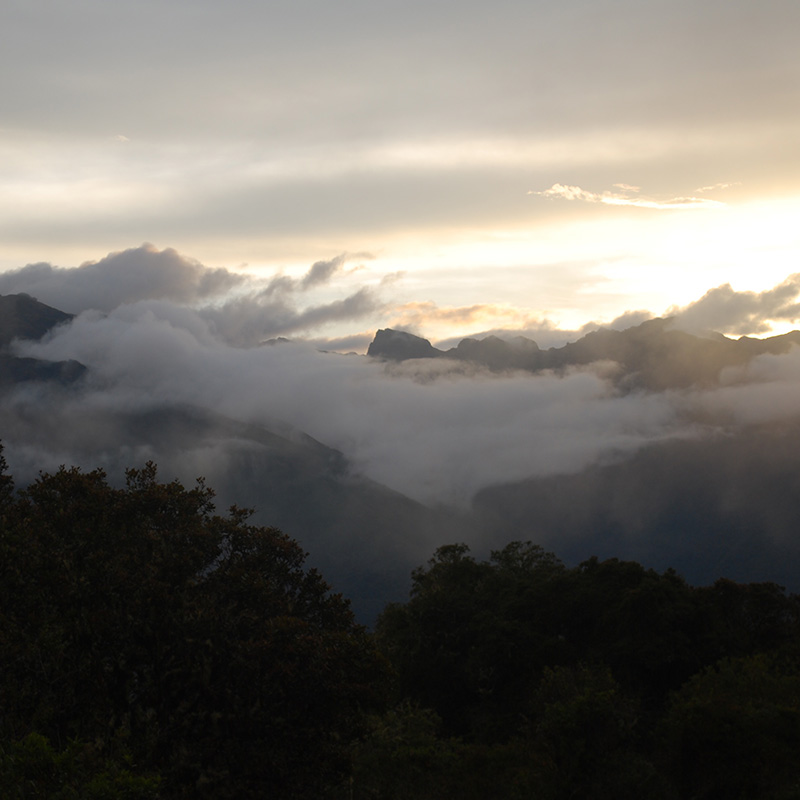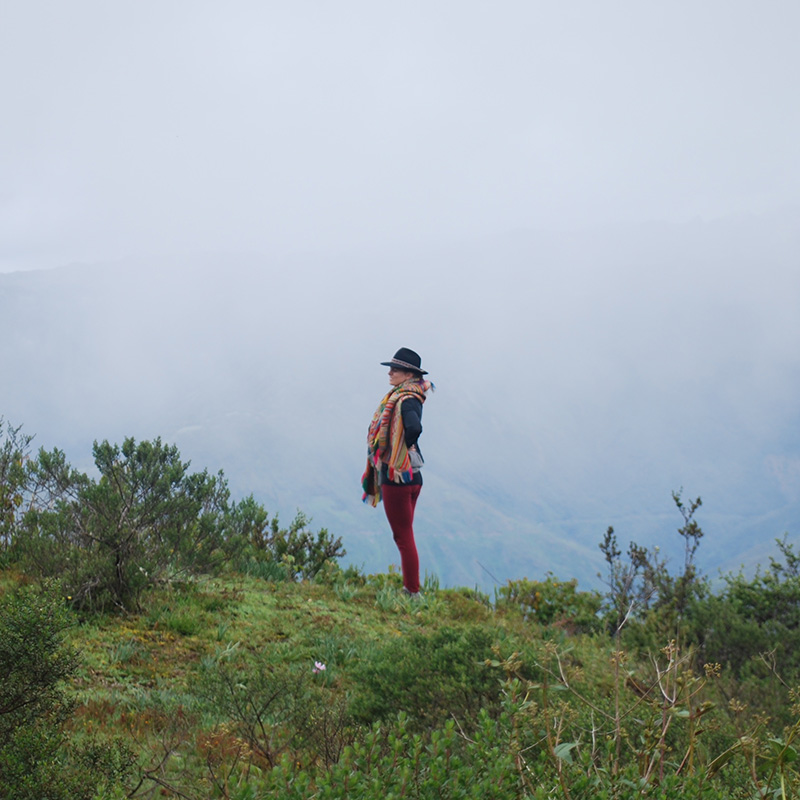Shamanic Permaculture – Where the Inner & Outer Meet
posted by Cynthia Robinson on July 24th, 2015
 It brings such joy to witness the permaculture movement becoming more and more popular with new projects emerging all over the globe. Many, including myself, got to know this science from the desire to find a way to return to a natural and holistic lifestyle, integrating self-sustaining organic food production and natural building. This of course makes sense, as Permaculture is in essence a design science supporting us to live and interact with nature and our communities in harmonious and lasting ways. However, through my personal journey to embody a sustainable lifestyle, the teachings of Permaculture have been the gateway unlocking a profound transformational journey. One of the discoveries I have made on this journey is that a truly sustainable relationship with the world has a lot more to do with being rather than doing.
It brings such joy to witness the permaculture movement becoming more and more popular with new projects emerging all over the globe. Many, including myself, got to know this science from the desire to find a way to return to a natural and holistic lifestyle, integrating self-sustaining organic food production and natural building. This of course makes sense, as Permaculture is in essence a design science supporting us to live and interact with nature and our communities in harmonious and lasting ways. However, through my personal journey to embody a sustainable lifestyle, the teachings of Permaculture have been the gateway unlocking a profound transformational journey. One of the discoveries I have made on this journey is that a truly sustainable relationship with the world has a lot more to do with being rather than doing.
I came to Permaculture at a time in my life when I was feeling disempowered, and essentially stuck in a victim mentality. Permaculture offered powerful and practical principles, tools, and design approaches to take responsibility for my life and my relationship with the earth.
Permaculture supported me to start looking more deeply at nature in terms of interdependent relationship and how I can engage with a world full of “problems” from a positive, proactive and optimistic perspective, focused on solutions. However, focusing on solutions also left me in a dilemma. I was choosing a more empowered and harmonious worldview while, at the same time, it was one more way to do do do and fix fix fix. Now I knew a “better way” to work with natural systems in a sustainable manner, but I felt that there were more levels of responsibility I could personally take for my life. What about my inner landscape? And how does this inner landscape interact with the outer landscape?
This inquiry lead me deeper on my spiritual quest into the shamanic traditions of Peru as well as the Buddhist traditions of Tibet. Through the support of these ancestral lineages something very deep inside of me began to click and I began to understand and embody the teachings of Permaculture in an entirely different way.
The ancient wisdom lineages have supported me in unraveling a path which illuminated a deeper understanding of one of the core permaculture teachings, and the first step in any permaculture project – TO OBSERVE. Before I started to fully acknowledge my inner landscapes, I was relating to this act of observation in terms of doing. What I failed to recognize is that I was observing with an agenda. I was observing in order to figure something out so that I could then accomplish. Turns out that this is not true observation.
True observation actually requires cultivating full presence with ourselves, our environment and how these two are in relationship without any agenda. There is nothing I need to know and nothing that I need to accomplish. How much time do we actually spend just being with ourselves and in relationship with life without judgements or agendas? I have found on my own journey that this is a very challenging state of being to embody and can honestly say that I have only had momentary glimpses.
This is not to say that we should never try to accomplish something. After all, we are human and have needs that we must take responsibility for such as eating healthy food, drinking pure water and composting our shit. The distinction is in the intention that we are evolving our conditioned relationship with ourselves and thus with all life. In my work at the Paititi Institute, Shamanic Permaculture, in it’s essence, is this intention to unravel what it truly means to be a human in service for the benefit of all life and the path to this service is through knowing one’s own true nature and self.
Today you can find many different lineages which are considered shamanic with countless techniques, ritual and ceremonies on offer. However, Shamanism (as I have learned it) is neither about a fancy or exotic ritual, nor a religious following. Shamanism is a profound exploration of the true meaning of relationship and interdependence with self, with others, the Earth and the Cosmos. Ritual and ceremony can be powerful tools to bring deeper realization of the interconnected and interdependent nature of all life, and thus support us in bringing deeper meaning in our perspectives, and bring greater mindfulness in all that we do.
The true reason for the technique or a ritual is to support us to connect with our inherent intuition and from there to be in relationship with the natural flow of planet and people in an authentic and beneficial way. Our interconnectedness with the environment does not happen when we start to spend time in nature or do a specific practice. This connection has always existed and it is simply a matter of shift in perspective and perception. It is an opening and expanding of our awareness and consciousness into the full experience of here and now.
Therefore, the essence of Permaculture to me is about the same principles that ancient tribal societies embodied in their life. These involved individual and communal evolution in harmony with surrounding systems and landscapes in a way that could allow for sustainable and regenerative development of multifaceted resources. In fact Permaculture has come about through the exploration of aboriginal and other ancestral ways of life in combination with more modern practical insights into the manifestation of Permanent Culture.
For me Shamanic Permaculture does not mean that we are finding our power animals and talking to plants. For some these gifts may emerge, but in essence first and foremost it is about learning to observe our inner landscape, question our perspective of reality, and cultivate a deep understanding of how our states of being, our attitudes and our perceptions have powerful impact on all life.
How much of what I am seeing is filtered by my conditioning – by the way I was taught by society to see and relate to the world? Where do my judgments really come from and how are they stored in my being on a cellular level? Am I willing to let go of who I think I am? Who am I without my personal history – the story of my life? Am I willing to look at all the pain, injustice and suffering in the world and see these problems as a part of a solution? How can I be responsible for this solution by recognizing the same seeds of ignorance in myself?














